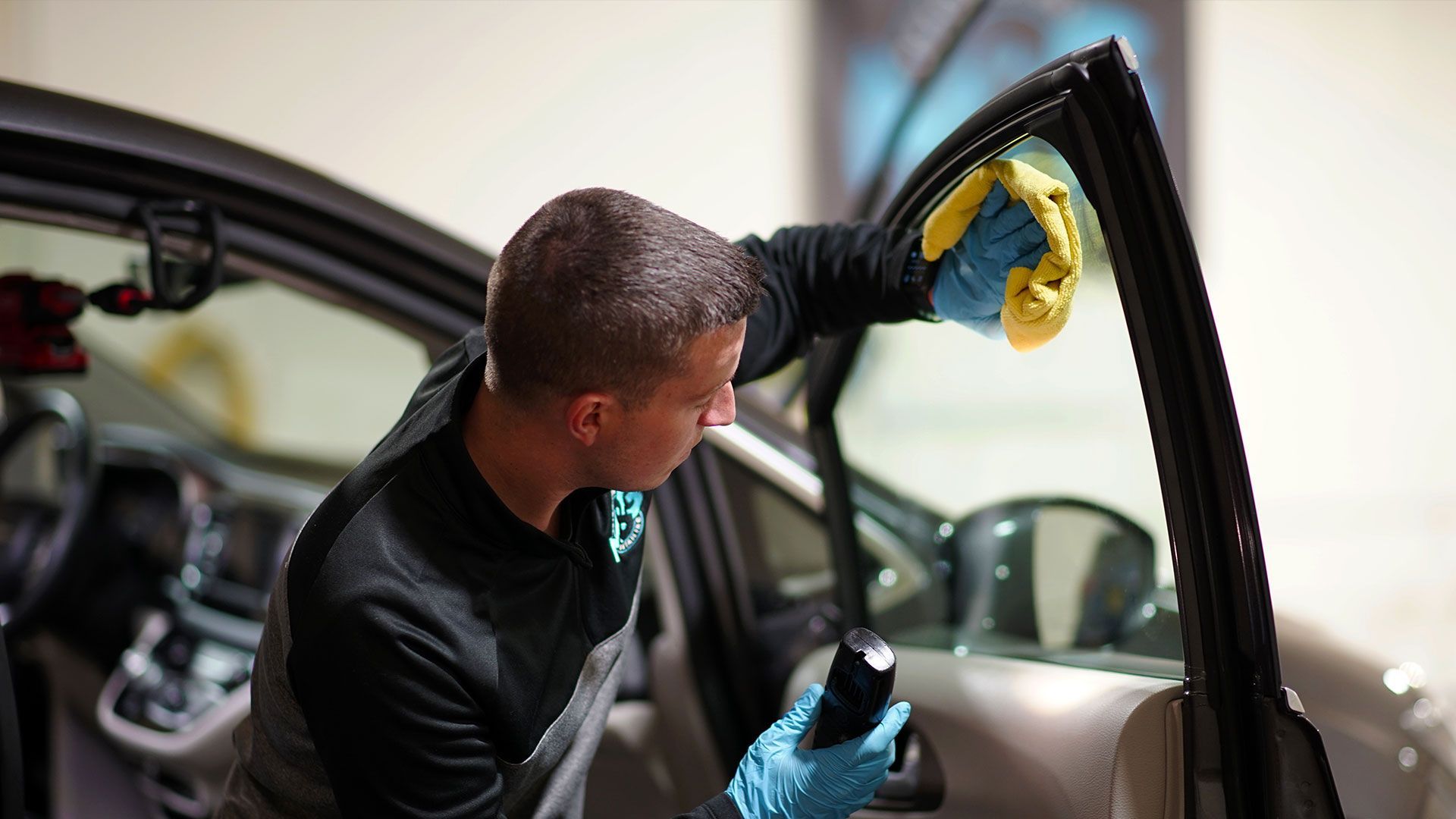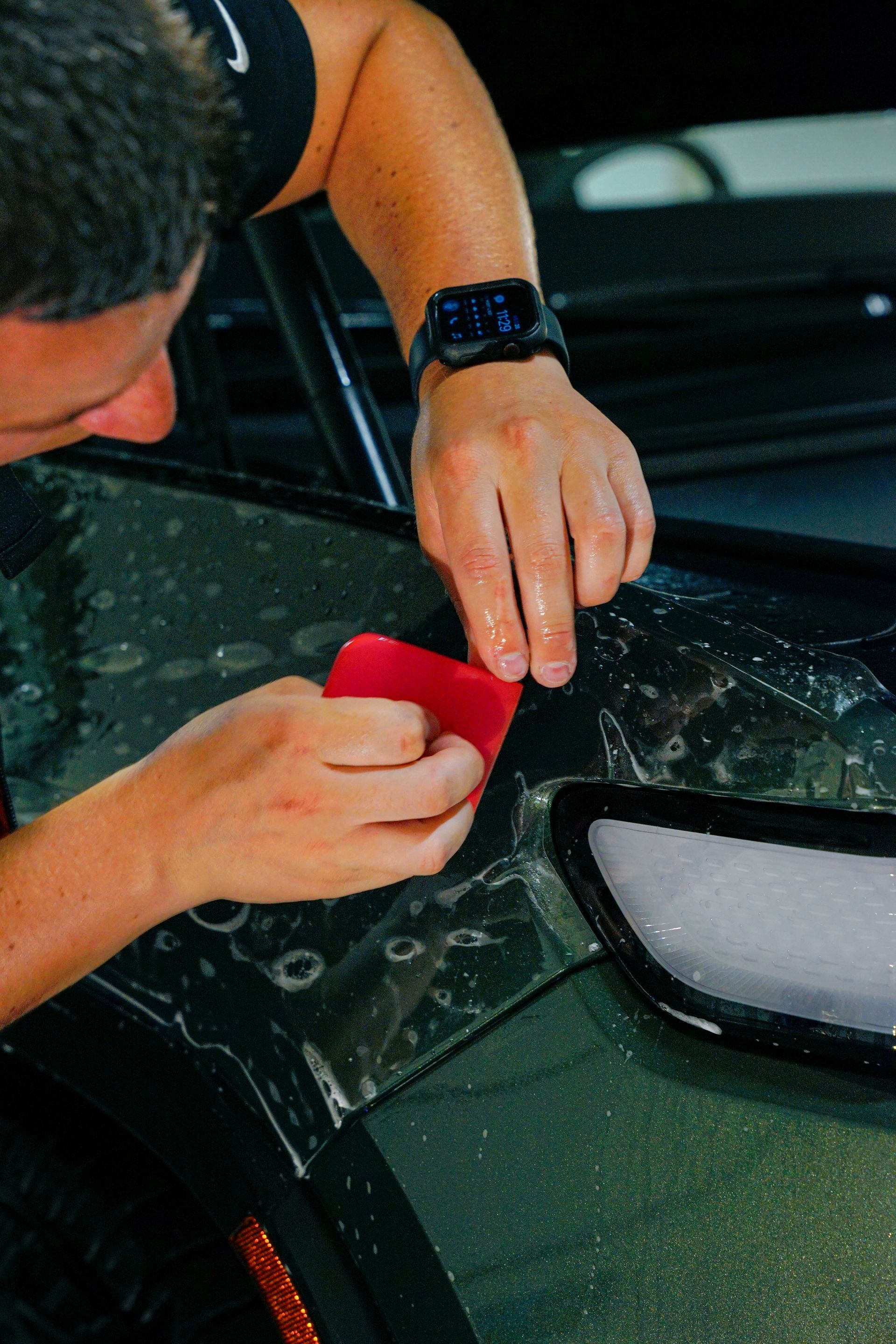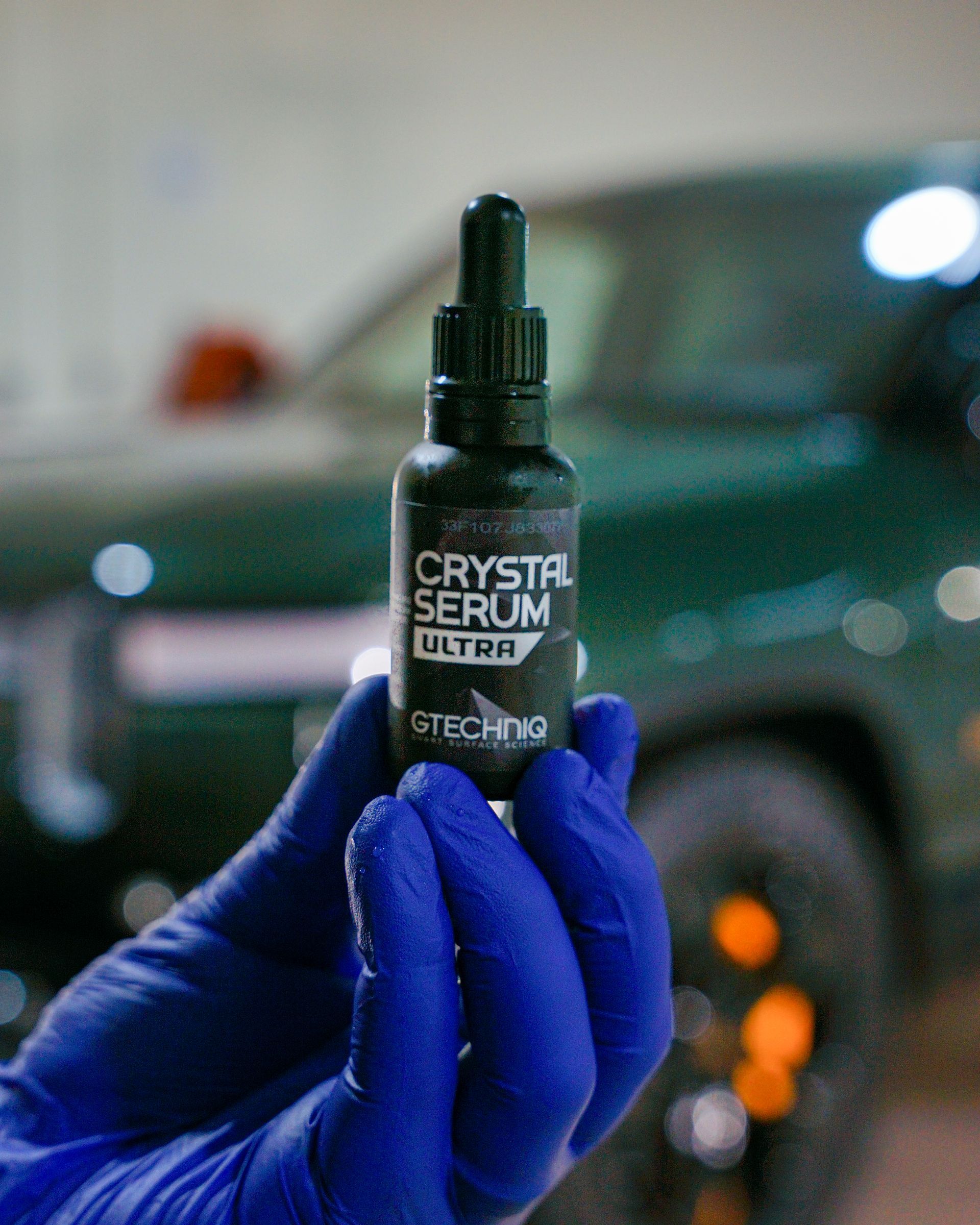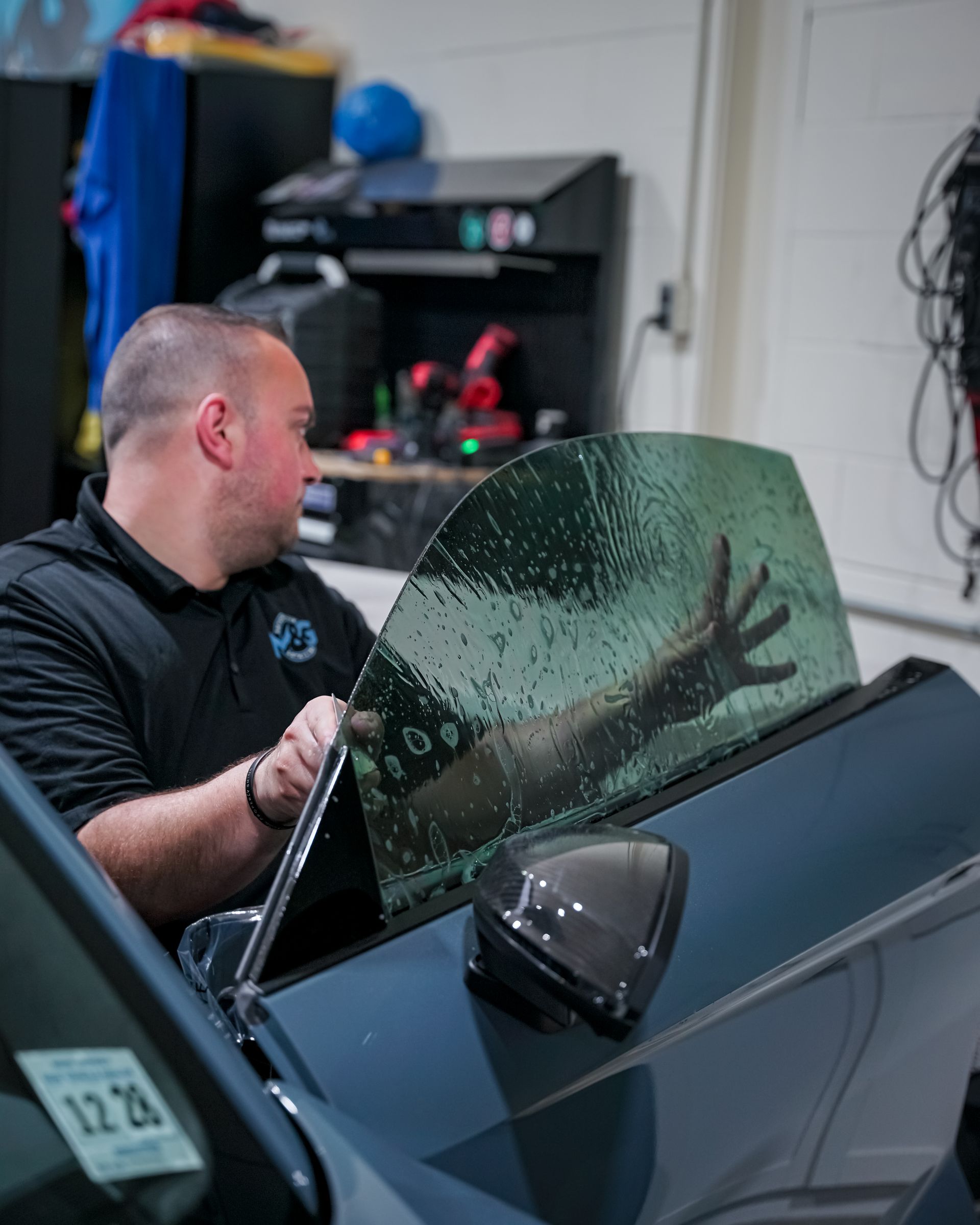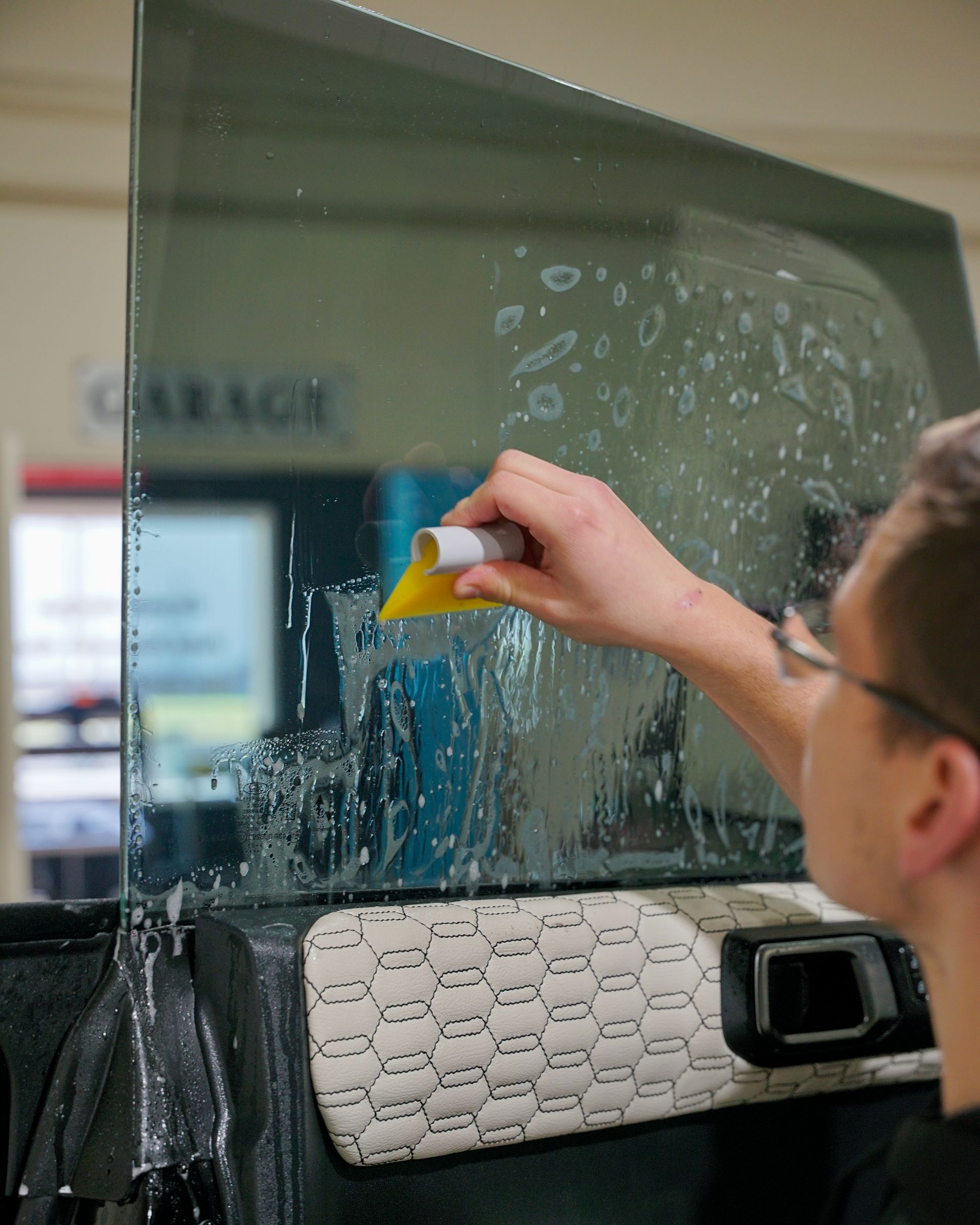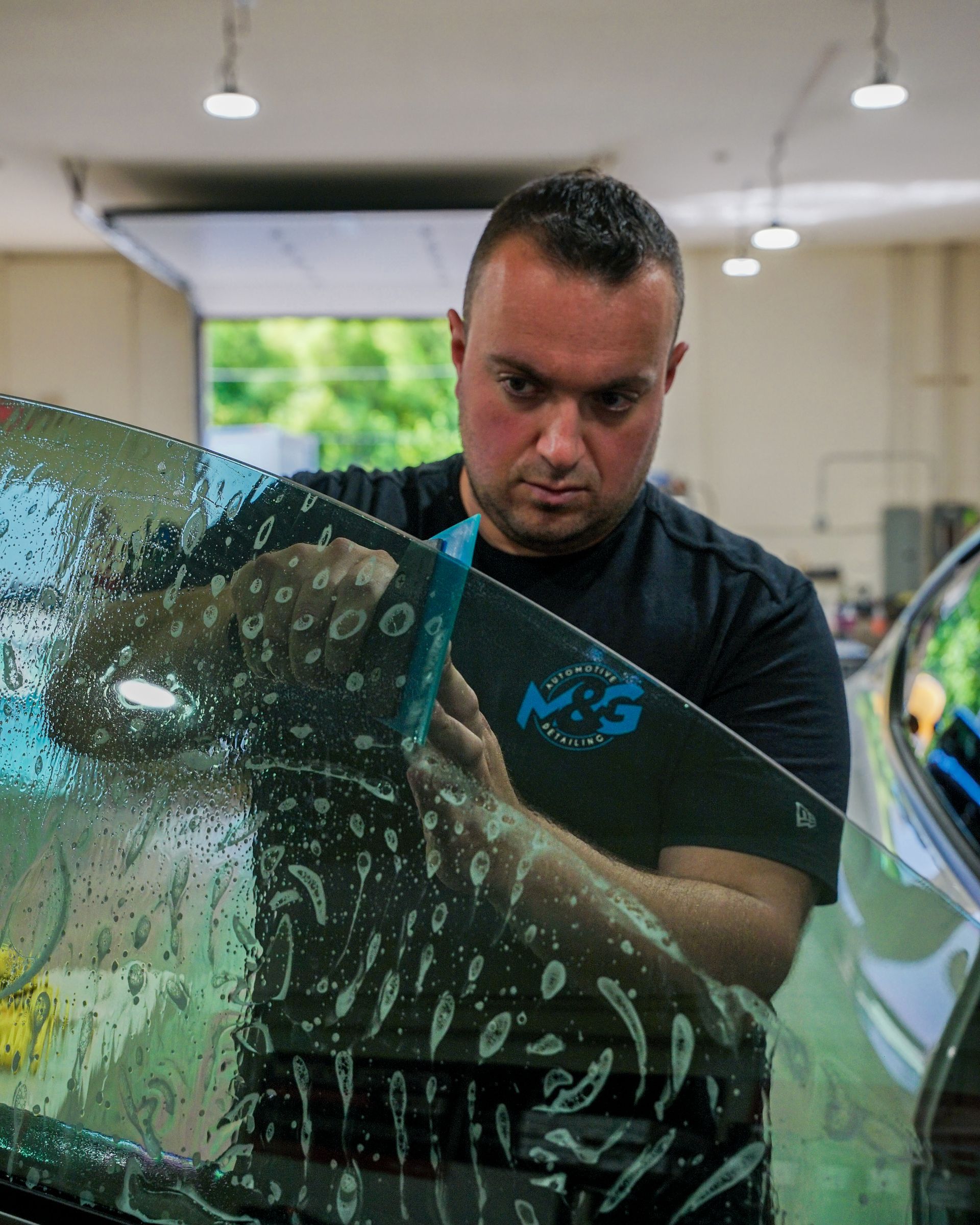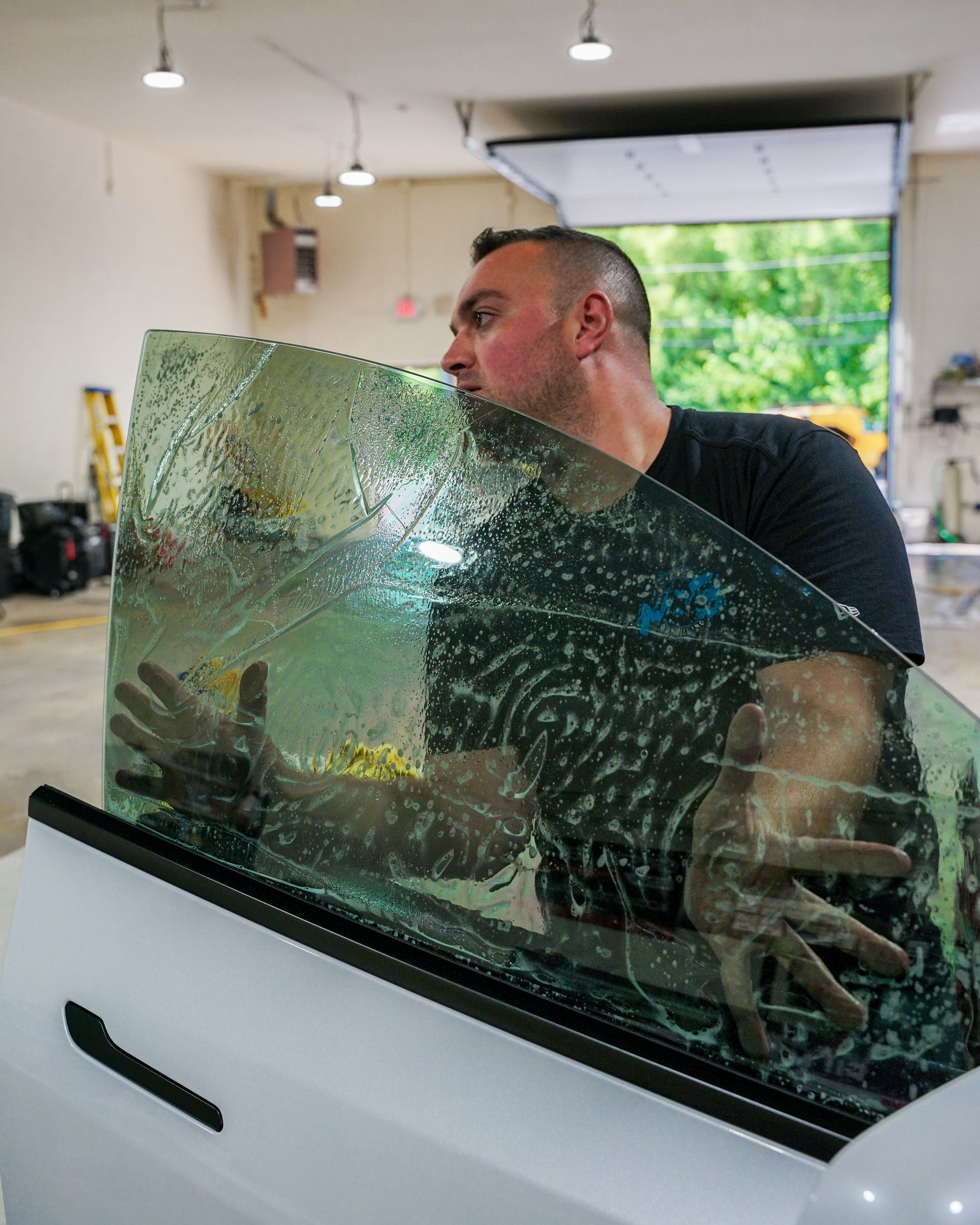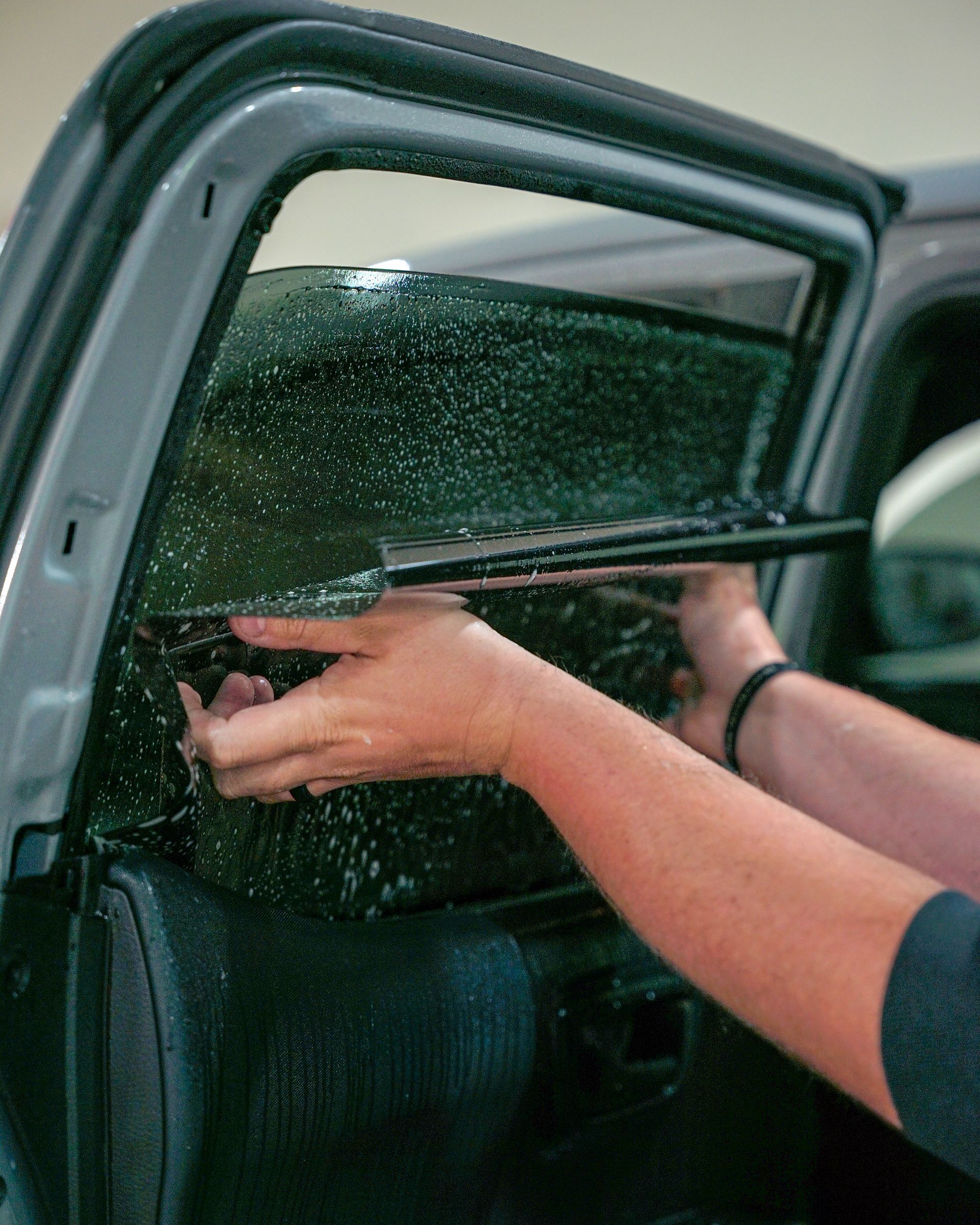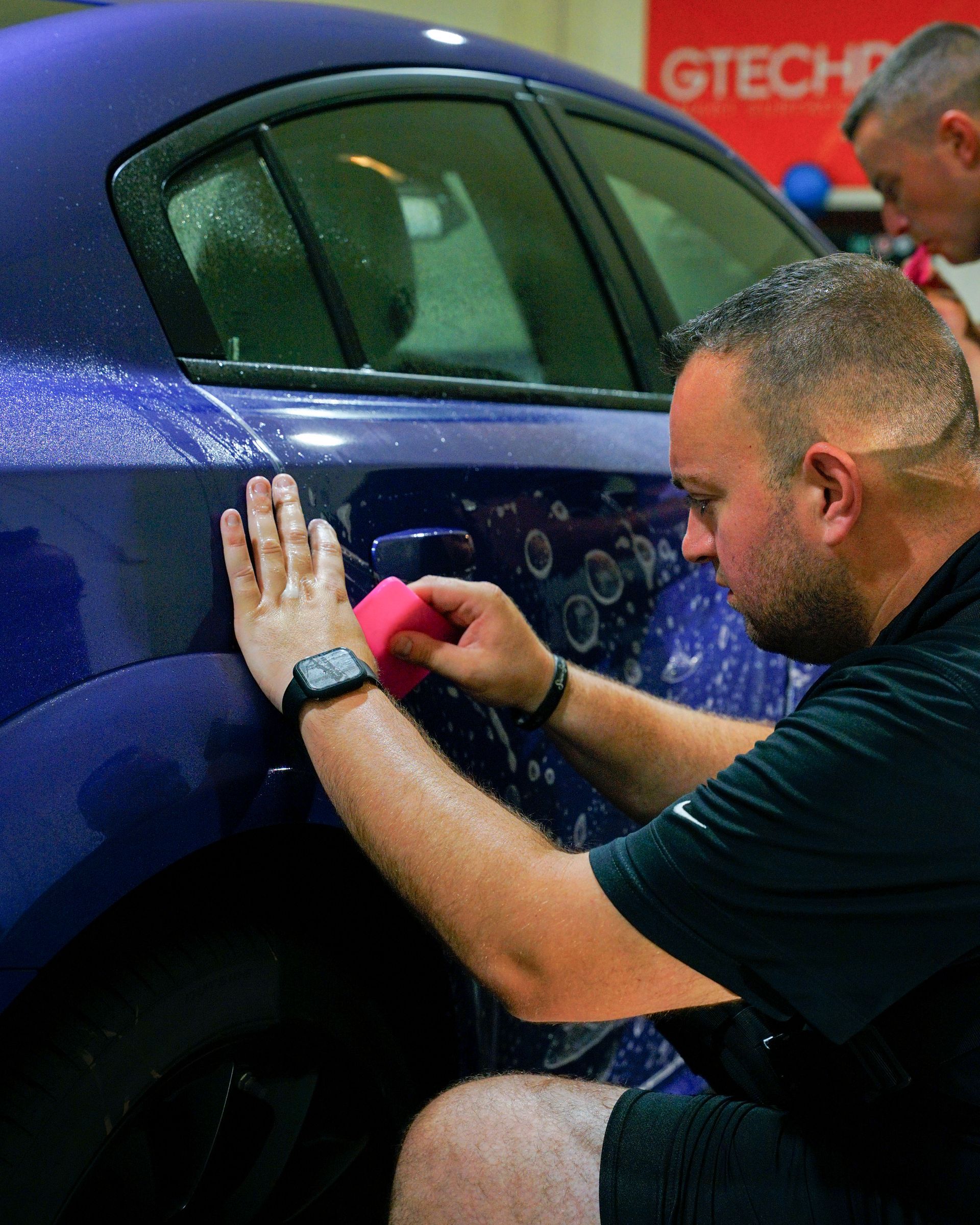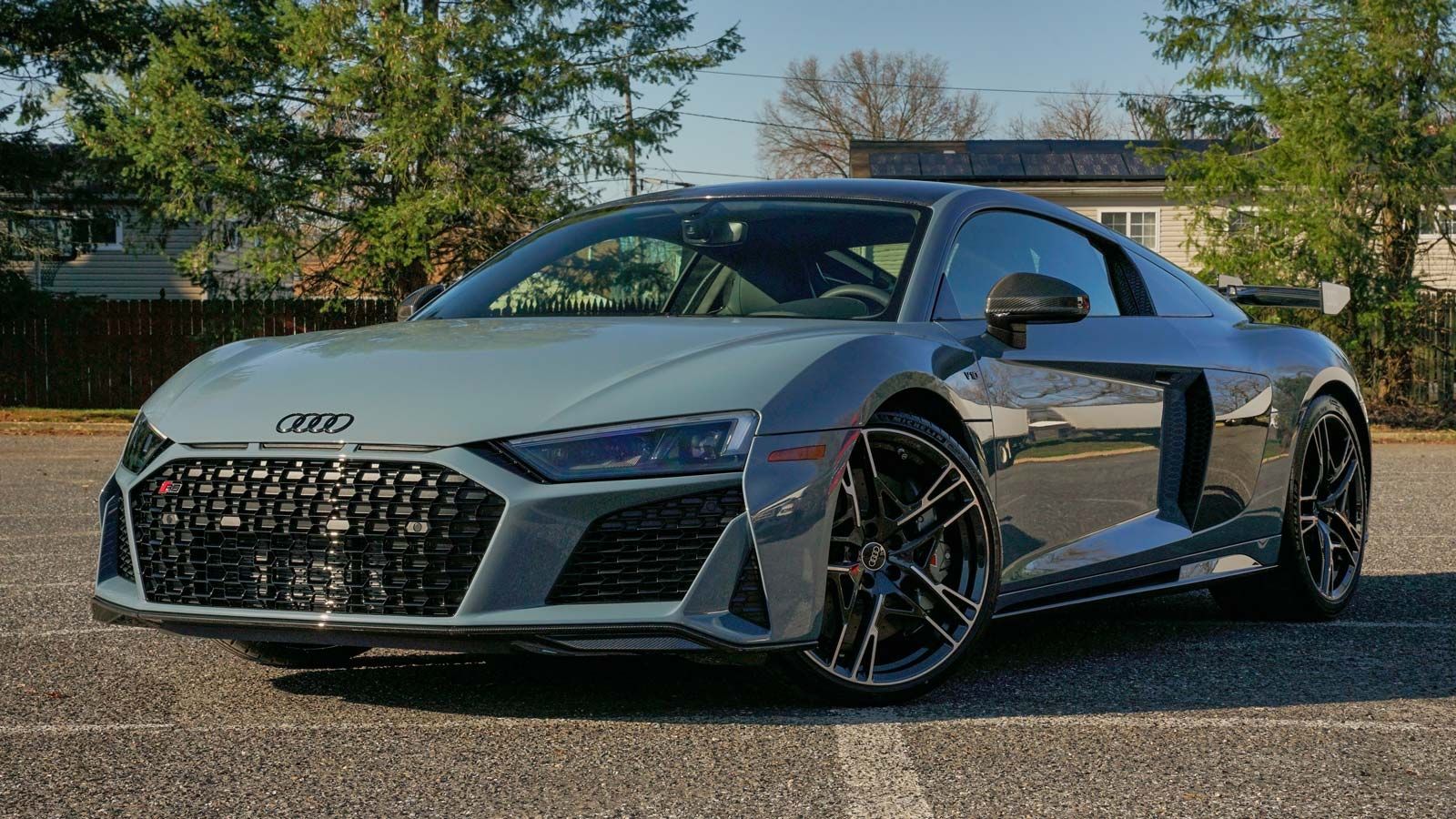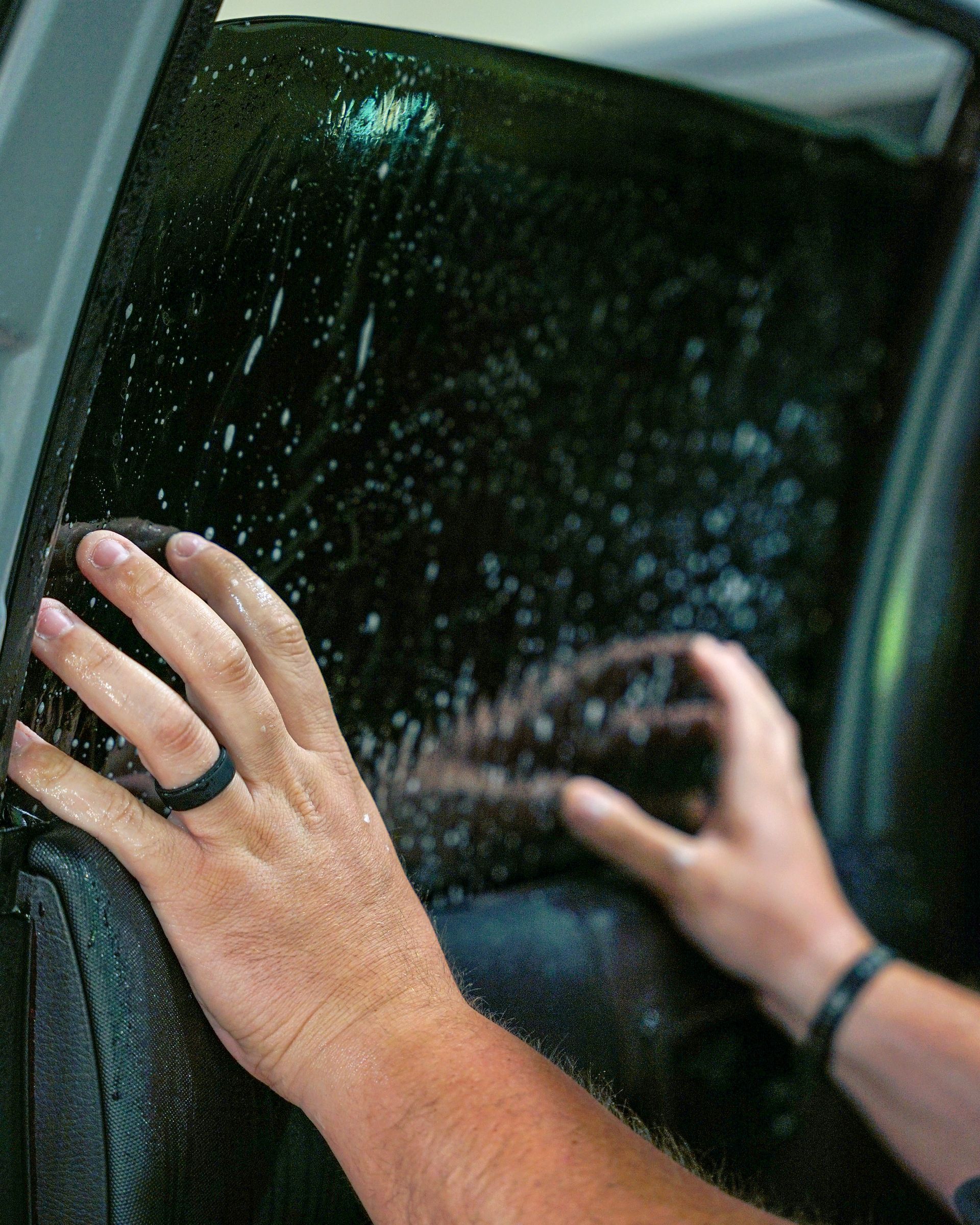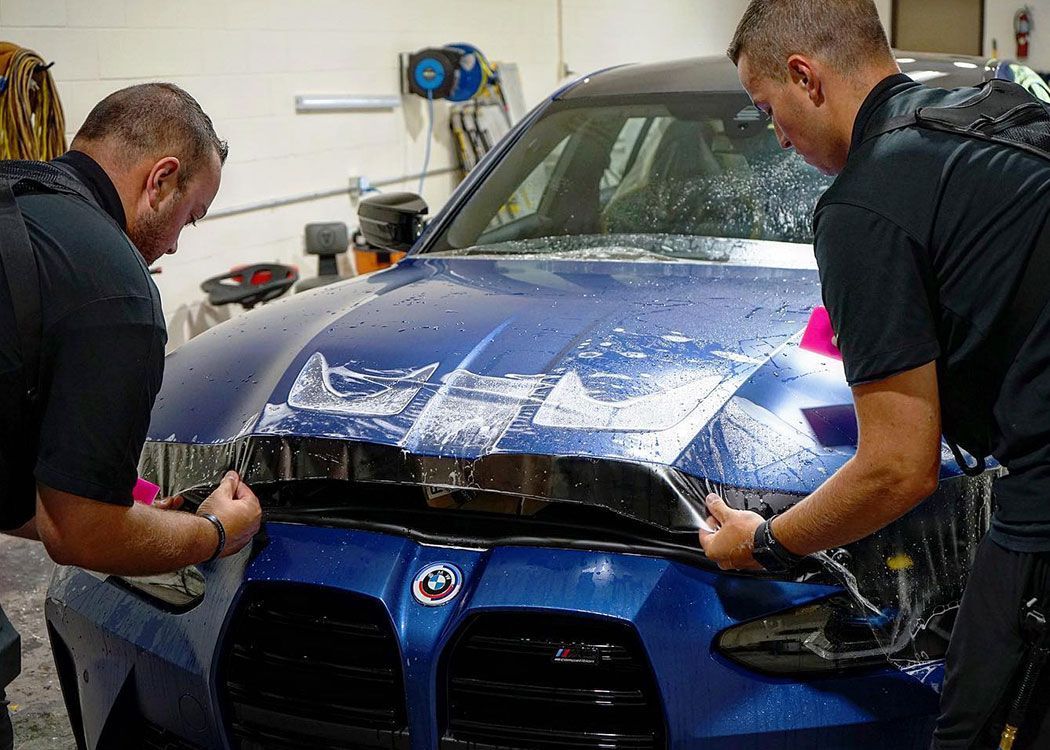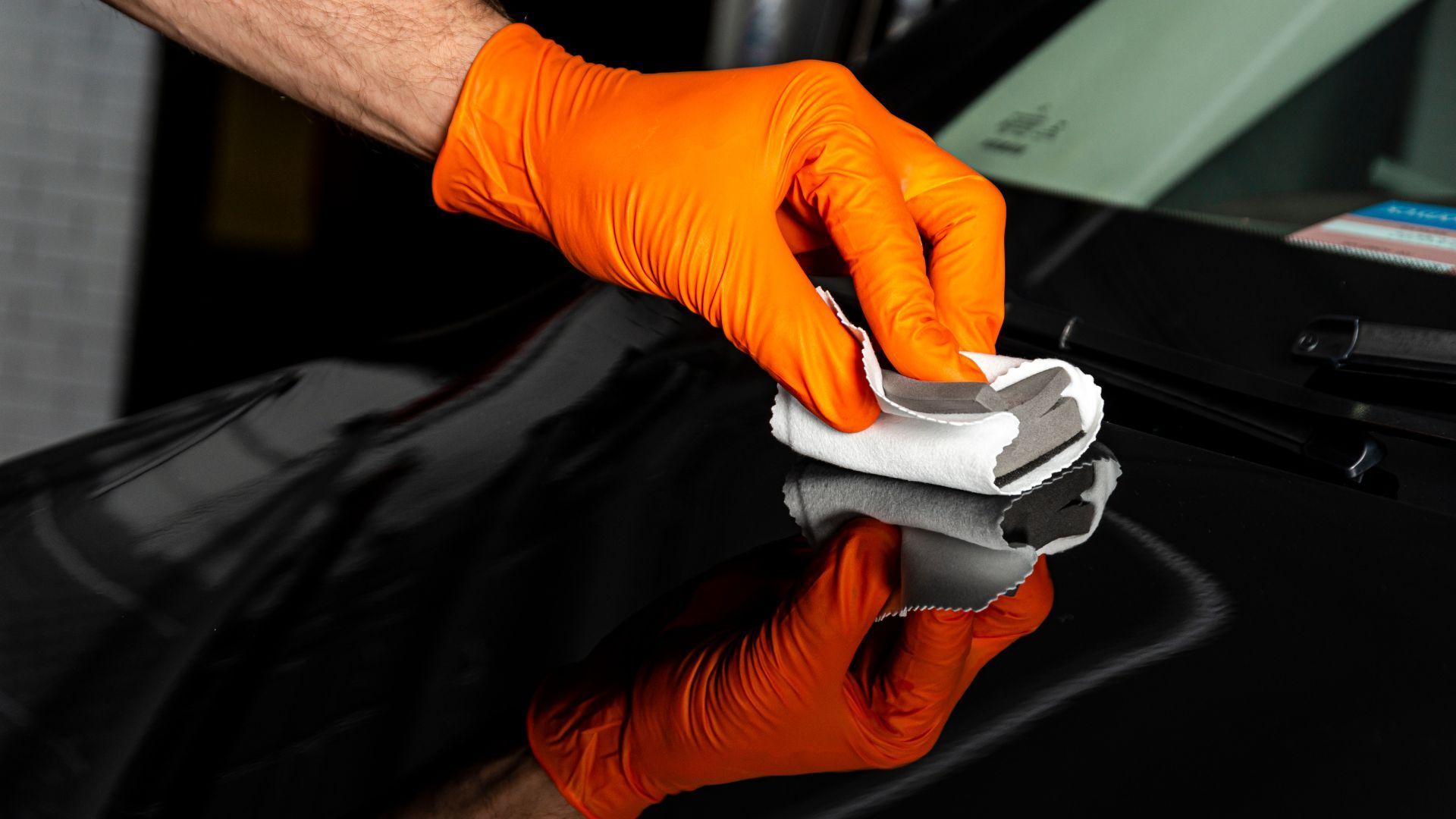How to Choose the Right Window Tint for Your Vehicle: A Complete Guide
When it comes to sprucing up your vehicle, window tinting might not be the first thing that comes to mind, but it can dramatically change your ride. Whether you’re after some extra style points, protection from the sun’s harsh rays, or just a bit of privacy while driving around town, choosing the right window tint is essential. It’s easy to get lost in all the options out there, but don’t worry! We’ll break down everything you need to know about window tints so you can confidently select what works best for your needs—without getting pulled over or facing hefty fines!
When choosing the right window tint for your vehicle, you should consider your state's legal regulations regarding Visible Light Transmission (VLT) percentages, your primary purpose for tinting (such as privacy, UV protection, or aesthetics), and the aesthetic effect different tints will have on your vehicle. Additionally, it's important to invest in high-quality films installed by professionals to ensure durability and optimal performance.
Types of Window Tints Available
When choosing window tint for your vehicle, there are several options available, each offering different levels of performance, aesthetics, and functionality. The right choice will depend on factors such as heat reduction, UV protection, privacy, and your budget. Here is a breakdown of the most popular window tint types to help you make an informed decision.
- Dyed Window Tint: This economical option uses multiple layers of dye to absorb solar heat, creating a sleek, uniform appearance. While it provides some heat reduction, it is less effective at blocking UV rays compared to more advanced tints. If you're looking for a classic blacked-out look for privacy at a budget-friendly price, dyed window tint might be a good fit, but it doesn't offer as much protection from harmful sun exposure.
- Metalized Window Tint: Metalized window tint contains microscopic metallic particles that reflect both heat and UV rays, improving durability and the overall strength of your vehicle's glass. While this type offers better performance than dyed tints, it may interfere with cell phone and GPS signals, causing potential connectivity issues. Consider this option if you want stronger windows and better heat reflection but are okay with potential electronic signal disruptions.
- Carbon Window Tint: Carbon window tint stands out by excluding metals but still provides superior heat and UV protection compared to dyed options. The carbon particles effectively block sunlight, and this tint doesn’t interfere with electronic devices, making it ideal for tech-savvy drivers. Additionally, its matte finish adds an appealing, sophisticated look to your vehicle while offering excellent heat reduction.
- Ceramic Window Tint: Ceramic window tint is the premium option, offering exceptional heat and UV protection without interfering with electronic signals. Although it tends to be more expensive than other tints, its performance and comfort benefits, especially during hot weather or long trips, make it a worthwhile investment for many. If you're looking for top-tier protection and comfort, ceramic window tint is a highly recommended choice.
Each window tint type offers distinct advantages depending on your needs and priorities. From budget-friendly dyed options to high-performance ceramic tints, understanding the differences can help you choose the best fit for your vehicle. Don't forget to check local laws regarding tint levels to ensure compliance while achieving the look and functionality you desire.
Legal Requirements and Visibility
When navigating the labyrinth of window tint laws, each state or country has unique regulations that dictate how dark your tinted windows can be. The term used to describe this darkness is referred to as Visible Light Transmission or VLT percentage. This percentage directly correlates to how much light is allowed to pass through your windows; lower percentages indicate darker tints. A prudent first step in your window tint journey is to check your local Department of Motor Vehicles (DMV) website. Each state details its specific rules regarding permissible VLT percentages. It's important to keep in mind that some states may even have stricter limitations for certain types of vehicles, such as vans and SUVs. Remember to pay attention not just to the overall percentage allowed but also to different stipulations based on vehicle type and specific windows.
Impact of Legal Limits
These legal limits are established with a focus on ensuring driver visibility and overall road safety. After all, a darkly tinted window can obscure visibility during critical moments, such as driving at night or during inclement weather. Despite these limitations being presented as mere restrictions by some, they play a crucial role in protecting not only the driver but also others on the road. Poor visibility due to overly dark tints can lead to hazardous driving conditions, which could result in accidents or fines from law enforcement. By adhering to these regulations, you'll not only stay compliant but also enhance your driving experience with additional benefits such as improved comfort from heat and harmful UV ray protection.
UV Protection and Heat Reduction
Window tints, particularly advanced options like nanoceramic films, provide substantial benefits in blocking harmful UV rays. In fact, according to the Skin Cancer Foundation, up to 99% of UV rays can be blocked by quality window films. This statistic has real-life implications for your health and comfort. By minimizing direct sunlight exposure, you reduce the risk of skin cancer for yourself and your passengers. Additionally, these films play a crucial role in preserving your vehicle’s interior from sun damage, which can lead to fading, cracking, or deterioration.
Imagine stepping into your car on a hot summer day. That unbearable wave of heat hits you as you open the door, often making a quick drive feel like an oven experience. However, with effective window tints, this scenario changes dramatically as they help lower the car's interior temperature. For instance, ceramic tints are well known for their excellent performance in heat rejection—some studies show they can bring down the interior temperature by as much as 45%. This is especially beneficial during those scorching days when you leave your car parked outside for hours on end. It also makes driving more comfortable since less heat means less strain on your car's air-conditioning system.
Enhancing Aesthetics and Interior Protection
When choosing the right window tint for your vehicle, it's essential to consider both aesthetic appeal and practical benefits. The right tint can transform your vehicle's look while offering valuable protection for the interior. Here are some important factors to consider when selecting window tints for your car.
- Aesthetic Appeal: Window tints can completely change the appearance of your vehicle, giving it a sleek, polished, and sophisticated look. Whether you're driving a luxury sedan or a performance vehicle, the right tint adds a stylish edge, enhancing the overall visual impact. Tints offer a bold, dynamic look that complements modern automotive designs, making your vehicle stand out on the road.
- Privacy and Security: One of the key benefits of window tints is the added privacy and security they provide. Tinted windows act as an initial deterrent against prying eyes, making it more difficult for people to see inside your vehicle. This sense of security extends not only when you’re parked but also while you’re driving around town, giving you peace of mind.
- Interior Protection from UV Rays: Tinted windows help protect your vehicle’s interior from the damaging effects of UV rays. Over time, sunlight exposure can cause fabrics and leathers to fade and crack, but window tints significantly reduce this risk. By blocking harmful UV rays, tints help keep your vehicle’s interior looking fresh and intact for longer.
- Temperature Regulation: Window tints provide the added benefit of keeping the interior of your vehicle cooler, especially during hot weather. By minimizing the intense heat that builds up in your car when it's parked in the sun, you’ll experience greater comfort when entering your vehicle. This helps protect your seats, dashboard, and other surfaces from heat damage.
High-quality tints offer superior protection against UV rays, reducing fading, cracking, and other forms of damage to your vehicle’s interior. These films serve as an effective barrier against the harsh sun, helping to maintain both the appearance of your car and the health of its occupants. When choosing your tint, it’s important to ensure you're selecting quality materials and professional installation to maximize these protective benefits.
Evaluating Material and Quality
When selecting window tint for your vehicle, the quality of the tint film plays a crucial role in its overall performance, appearance, and longevity. Choosing a high-quality film is an investment that enhances both the look of your car and its functionality, offering benefits like heat rejection and UV protection. Here are some important factors to consider when choosing a premium tint film for your vehicle.
- Durability of Window Tint Films: A quality tint film is designed for long-lasting durability, ensuring that it maintains its appearance and functionality over time. This durability helps the tint withstand the daily wear and tear from exposure to the elements. When choosing a tint, look for films that are built to last, maintaining their clarity and protective qualities throughout their lifespan.
- Strong Adhesive and Longevity: High-quality window tint films adhere strongly to glass surfaces, preventing issues like bubbling and peeling that can occur with inferior tints. Films from reputable brands are tested for their adhesive properties to ensure a long-lasting bond, even in harsh conditions. This strong adherence helps maintain the tint’s aesthetic and protective benefits over time.
- Superior Heat Rejection and UV Protection: One of the main advantages of quality tint films is their superior heat rejection capabilities. These films block harmful UV rays, which helps protect both the interior of your car and its occupants. By reducing heat buildup inside the vehicle, quality tints also improve comfort while driving, especially during hot weather.
- Clear Visibility and Optical Clarity: Quality films utilize advanced optical film technology for excellent clarity and performance. This ensures that the tint not only enhances your vehicle’s look but also maintains clear visibility for the driver and passengers. The clarity of these films enhances both the visual appeal and the functional benefits, such as reducing glare.
- Warranty and Manufacturer Confidence: A long-term warranty is a sign of a high-quality product. Manufacturers that offer warranties of five years or more demonstrate confidence in the durability and effectiveness of their tints. Opting for a product with a solid warranty provides peace of mind, ensuring that your investment is protected.
While it may be tempting to go the DIY route, professional installation is often necessary for achieving the best results with high-quality tint films. Professional installers ensure that the film is applied properly, preventing issues like bubbling, peeling, and improper adhesion. Choosing a professional installer guarantees that the tint performs at its best and maintains its quality for the long term.
Professional vs DIY Installation
When it comes to window tint installation, one of the most significant decisions is whether to hire a professional or tackle the task yourself. Hiring a professional offers several clear benefits that can be very enticing, especially if you're concerned about achieving a flawless finish. Professionals bring not only expertise but also specialized tools designed for precise installation. This level of experience means fewer risks of common issues like bubbling or peeling over time.
Think of it as getting a tailor-made suit versus something off the rack—it’s all about that perfect fit and appearance. For instance, many professional installers offer warranties on their work, which can provide peace of mind in knowing that any potential issues down the road could be rectified without additional costs. If you've ever had a friend or family member attempt to fix a minor problem in your home with unintended consequences, you’ll appreciate the value of professional help here.
On the other hand, choosing to go the DIY route may seem appealing when considering cost savings. However, it's essential to approach this choice with caution. While DIY installations often save you money—typically ranging from just $50 to $150 for materials compared to $1000 to $6000 for professional services—the process requires both precision and patience. Even those who consider themselves handy might face challenges during installation. Mistakes can lead to unsightly bubbles or misalignments that are hard to fix later.
Moreover, unlike an assembly line at a factory where each part seems to fit perfectly, DIY projects don't always go according to plan. Without prior experience, you might find yourself overwhelmed sooner than expected, particularly with the tricky maneuvers required around curves and edges. The last thing you want is to end up with poorly applied tint that detracts from your vehicle's aesthetic appeal instead of enhancing it. Bear in mind that if you're short on time or patience, it might be wise to invest in a professional’s skills instead of risking a weekend of frustration.
Ultimately, weighing these options carefully allows you to choose the installation method that aligns best with your budget and your desired outcome. In considering the best way to tint your windows, understanding both professional and DIY installation options will lead you towards making the right choice for your vehicle and needs. Whether opting for skilled hands or taking on the challenge yourself, ensure your final decision brings satisfaction and enhances your driving experience.
Top Window Tinting Services in Cherry Hill, NJ
Transform your vehicle with M&G Automotive Detailing’s
premium window tinting services in Cherry Hill, NJ. Our high-performance tints not only enhance your car’s appearance but also provide superior heat rejection, UV protection, and added privacy. With expert installation and a variety of tint options, we ensure a perfect, long-lasting finish that keeps your interior cooler and more comfortable while protecting your car from harmful sun damage. Book your window tinting service today and enjoy the benefits of a stylish, protected ride! Call us at (609) 923-3123 to get started!
